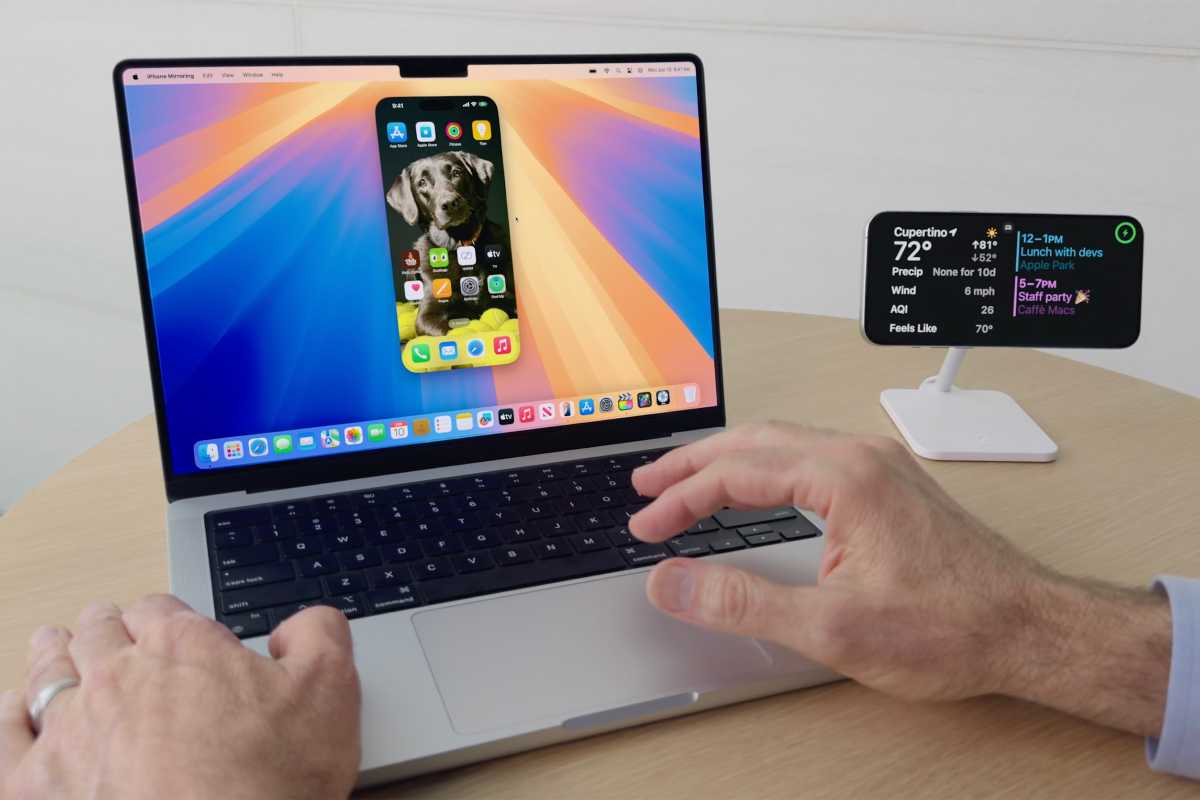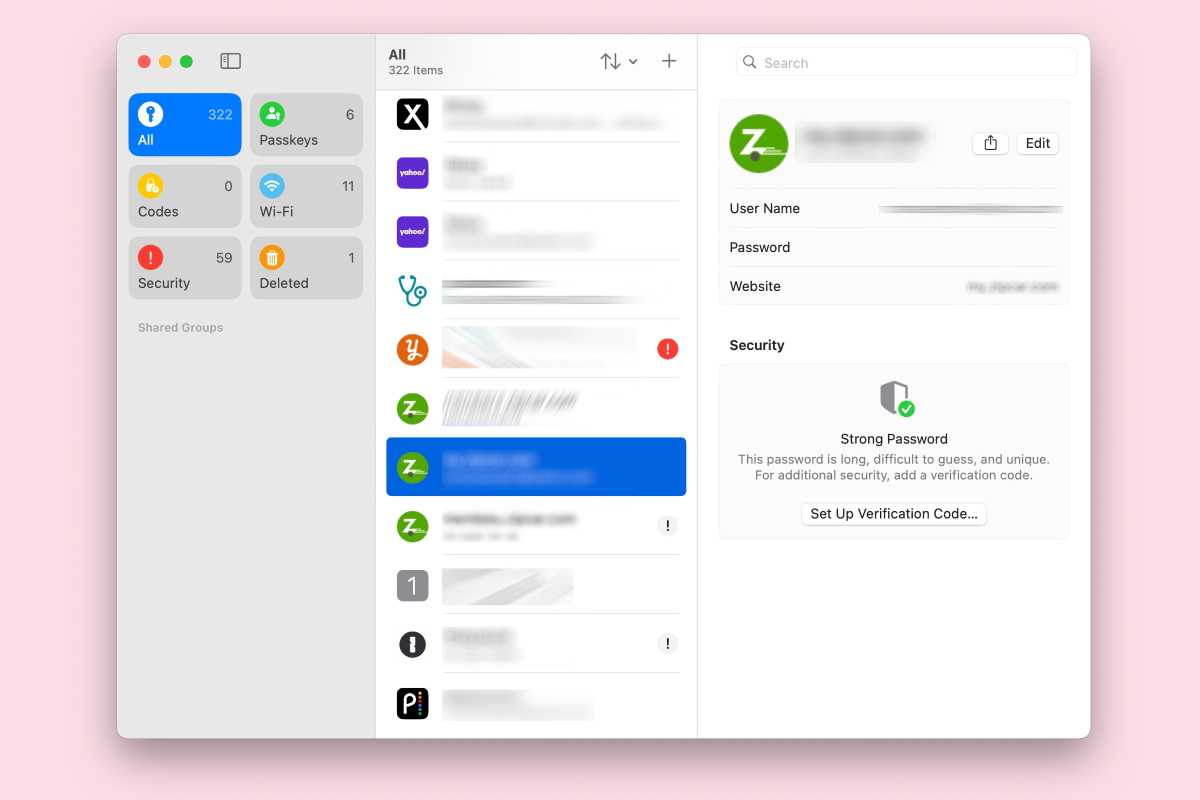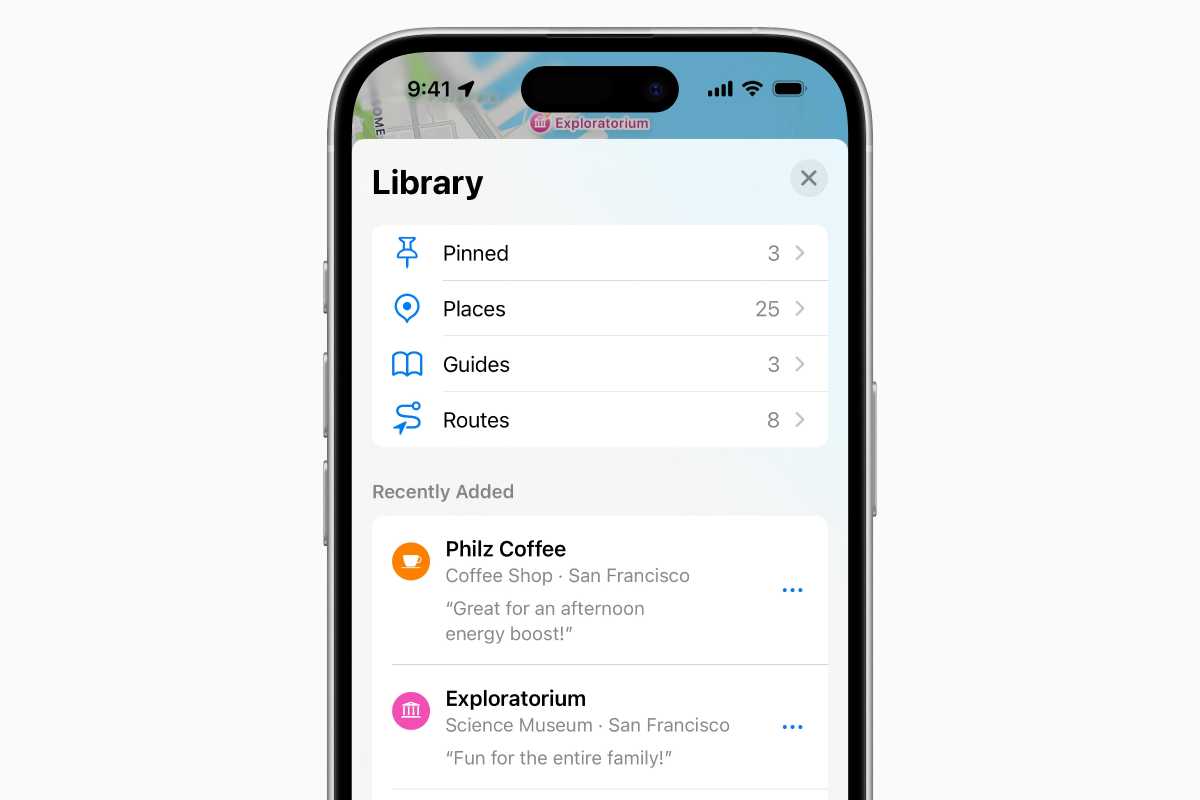Look, I’m not ungrateful. But the truth remains that nothing captures the imagination of what Apple could with its products more than the release of its latest hardware and software. As iOS, iPadOS, macOS, and all the other latest operating systems arrive, we end up not only going through all the new features and capabilities to see what’s new, but also understanding what’s new. not there and the limits of what is.
This time around, it’s no different. Even though I’ve been using iOS 18, iPadOS 18, and macOS Sequoia for several months through the beta process, there are things I’d like to see improved or expanded upon in future releases. Because nothing whets the appetite like seeing what’s possible. So here are three areas where Apple seems ready to build on this year’s features and do more in the years to come.
Mirror mirror on my iPad
Among the new features in Sequoia is the ability to not only view but also control your iPhone directly from your Mac with the new iPhone Mirroring app. Screen sharing and control between Macs has been around for decades via Remote Desktop, VNC, and related technologies, but this is the first time you can do something like this with the iPhone.
Which begs the question: Why stop at the iPhone? Why can’t I remotely view and control my iPad from my Mac? Honestly, I’d love to see this kind of screen sharing on Apple devices. Sometimes I want to watch something on my Apple TV when I’m upstairs. Sometimes I want to check my iPad from my iPhone, or vice versa, and it’s odd that there’s this seemingly artificial limitation on which devices can watch which others.

Why is iPhone mirroring limited to iPhone? Why not offer iPad mirroring as well?
Apple
iPhone mirroring isn’t the only feature Apple is launching this year that goes in this direction, either. SharePlay’s new remote control feature lets you view and even control someone else’s iPhone (or iPad) over a FaceTime call (with their permission, of course). Hopefully next year’s update will expand the possibilities.
Great password
In its latest platform updates, Apple has expanded its Passwords feature from a simple preference pane to a full-fledged app. It comes with several exciting features, including the ability to sort your passwords by criteria like creation or modification date, as well as quickly jump to categories of entries like verification codes or passkeys. The app also brings Wi-Fi passwords for the first time, which were previously relegated to the Keychain app on Mac. (On iOS, for a long time, you couldn’t even view Wi-Fi passwords!)
But it seems like passwords could also be a handy place to store other types of information. For example, credit cards. Autofill for these is largely controlled by Safari, but if you look at your saved cards, you’ll see that they’re divided into your Wallet items (the Apple Card and Apple Cash) and other saved cards.
Frankly, it’s confusing. I understand that I usually want to autofill my credit cards on the web (for places that don’t use Apple Pay, anyway), but having everything in one place would make things a lot simpler. The same goes for information that isn’t quite a password but that I want to access quickly and securely: driver’s licenses, bank account numbers, secure notes.

It looks like Apple might be using the new Psswrods app to unify privacy data stored across
the system.
Foundry
I understand that Apple’s modus operandi for these kinds of apps is to provide the basics and allow third-party developers to fill in the gaps, but between saved credit cards and Secure Elements in Notes, it also feels like they already have all the pieces of this functionality, just in a disjointed way. In fact, the decision to make Passwords its own app suggests that the company might have other ideas for all of this.
Maps doesn’t love you the way you love it
This year’s Maps updates are primarily designed to appeal to outdoor enthusiasts, with additions like topographic maps and hiking routes. But there’s also a more understated improvement: a new Places library that better organizes your saved locations, guides, and routes in one place.
However, the main thing this improvement reminds me of is the lackluster nature of Apple’s Guides feature. Guides has been around for a few years; the idea is to be able to save a bunch of places in a single list when you’re planning a trip.

The new Places library in Apple Maps could be enhanced with collaborative features.
Apple
While I like this idea a lot, I find it’s largely hampered by the lack of collaborative features. While you can share a guide you’ve created with other people, they essentially get their own local copy, meaning any changes they make to it aren’t reflected in your guide. So there’s no way, for example, to create a guide for a trip my wife and I are taking and have us both add the places we want to see, something that Maps’ main competitor, Google Maps, makes pretty easy.
Similarly, while the new Places library lets you save custom routes (for walking, running, hiking, etc.), there’s no way to share them with others. So I can’t recommend a specific hike I did with a friend, or share my custom walking route with my family. For me, traveling is largely about having experiences and sharing them with others, and it’s a shame that Apple’s Maps app doesn’t make that a priority.











